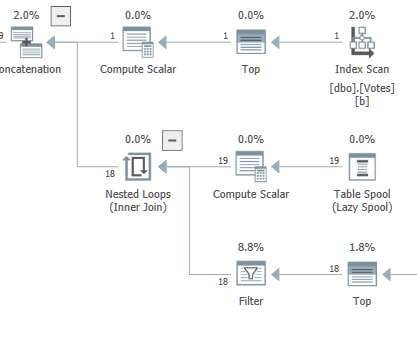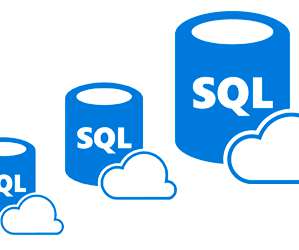DBaaS Pros & Cons
Scalegrid
NOVEMBER 29, 2023
Data Center Dynamics highlights a significant uptick in DBaaS adoption, growing from 40% to 45% between 2019 and 2020. This blog post will explore some of the major challenges in database management that businesses can expect, especially when transitioning from traditional database servers. Your data will always be intact.


























Let's personalize your content